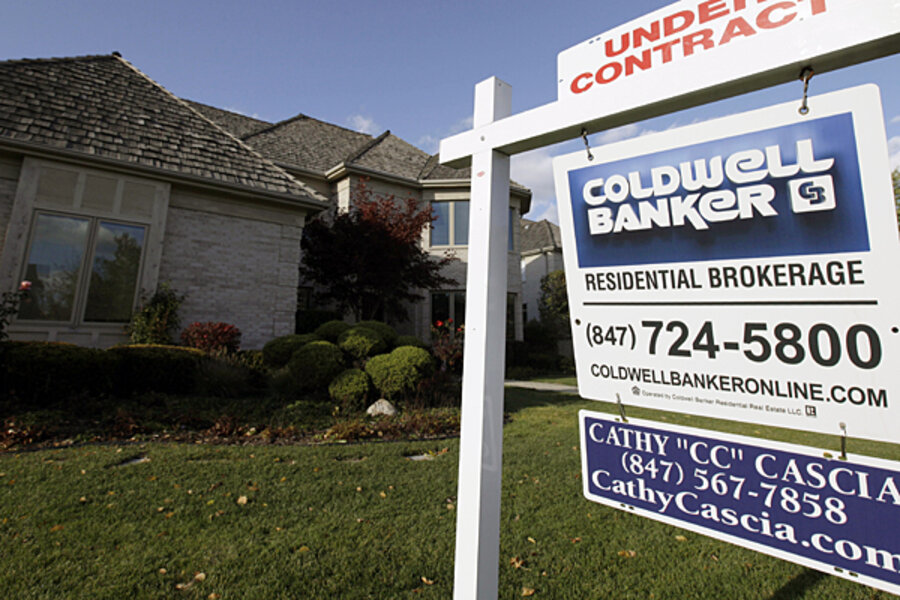More Americans footloose, as US mobility rate ticks up
Loading...
| Los Angeles
Americans, stuck in place by a frozen housing market and, perhaps, a desire to cling to the familiar in tough economic times, are once again beginning to pick up and move.
The renewed mobility may be the latest small sign that holdover effects of the Great Recession are waning. Some economists tie robust mobility rates to vibrancy and activity in the labor and housing markets.
The change is not big – 36.5 million people, or 12 percent of Americans, relocated in 2011-12, up a tad from the previous year's 35.1 million (11.6 percent), which was a record low, the US Census Bureau reported Monday. But the point is, say experts, that the number is no longer frozen or getting worse.
“It is really not a big change … it reminds me of the economy and the unemployment rate ... and I think the slow increase in migration reflects the slow changes in both of those,” says Cheryl Carleton, assistant professor of economics and statistics at the Villanova School of Business.
In the early 2000s, before the recession hit, about 14 percent of the US populace moved each year. Ms. Carleton, for one, anticipates steady movement back toward that level.
“As the economy plods along and improves slowly and as more people find jobs, we will see an increase in migration," she says. "The changes in migration mirror the changes in the economy ... but are also constrained by the housing market problems.”
The housing market continues to be a drag on the overall economy, but has shown improvement lately. Moreover, the share of people who owe more on their homes than their their homes are now worth has been dropping, interest rates on mortgages remain very low, and there is plenty of housing inventory for people to choose from as a result, in part, of record levels of foreclosures.
“As more adjustments to mortgages have been allowed [by lenders], more refinancing and more short-sales, individuals are able to sell and buy homes, which allows them to move,” Ms. Carleton says.
Of nine reasons surveyed as to why people moved, the top three are establishing one’s own household, a new job or job transfer, and family reasons.
Young people are generally the most mobile group of Americans, but their inclination to relocate still lags usual levels.
“Compared to previous years, mobility is still low for even our most mobile age group (18 to 29 year olds),” Alison Fields, chief of the Census Bureau's Journey-to-Work and Migration Statistics Branch, said in a statement.
Of course, when people move, some states stand to lose and some to gain. Some analysts see a pattern of people leaving states with high unemployment and economic problems.
“A lot of people seem to be leaving California ... again, think of the economic situation in a lot of California and one can see why,” notes Carleton. “Migration is a good sign from the perspective of matching people and jobs. Too much migration may be difficult on areas that lose a lot of people or gain a lot of people quickly, but that is not happening.”
Indeed, among the most common state-to-state moves, California appeared to come up short, losing 58,922 residents to Texas, 49,635 to Arizona, 40,114 to Nevada, and 38,421 to Washington. (Texas, though, sent 37,087 Texans to California.) Florida, the Sunshine State, picked up 59,288 people moving from New York and 42,666 moving from Georgia. It also lost 42,666 Floridians to Georgia – go figure! Neighbors New York and New Jersey traded residents back and forth, about 41,000 each.
Over the longer term – 2005 to 2010 – the nation's big cities lost a net 4.4 million residents, while the suburbs gained 8.8 million, says Melanie Deal, a Census Bureau spokeswoman. Information for the report comes from "Geographical Mobility: 2012," a collection of national and regional-level tables from the Annual Social and Economic Supplement of the bureau's Current Population Survey.







